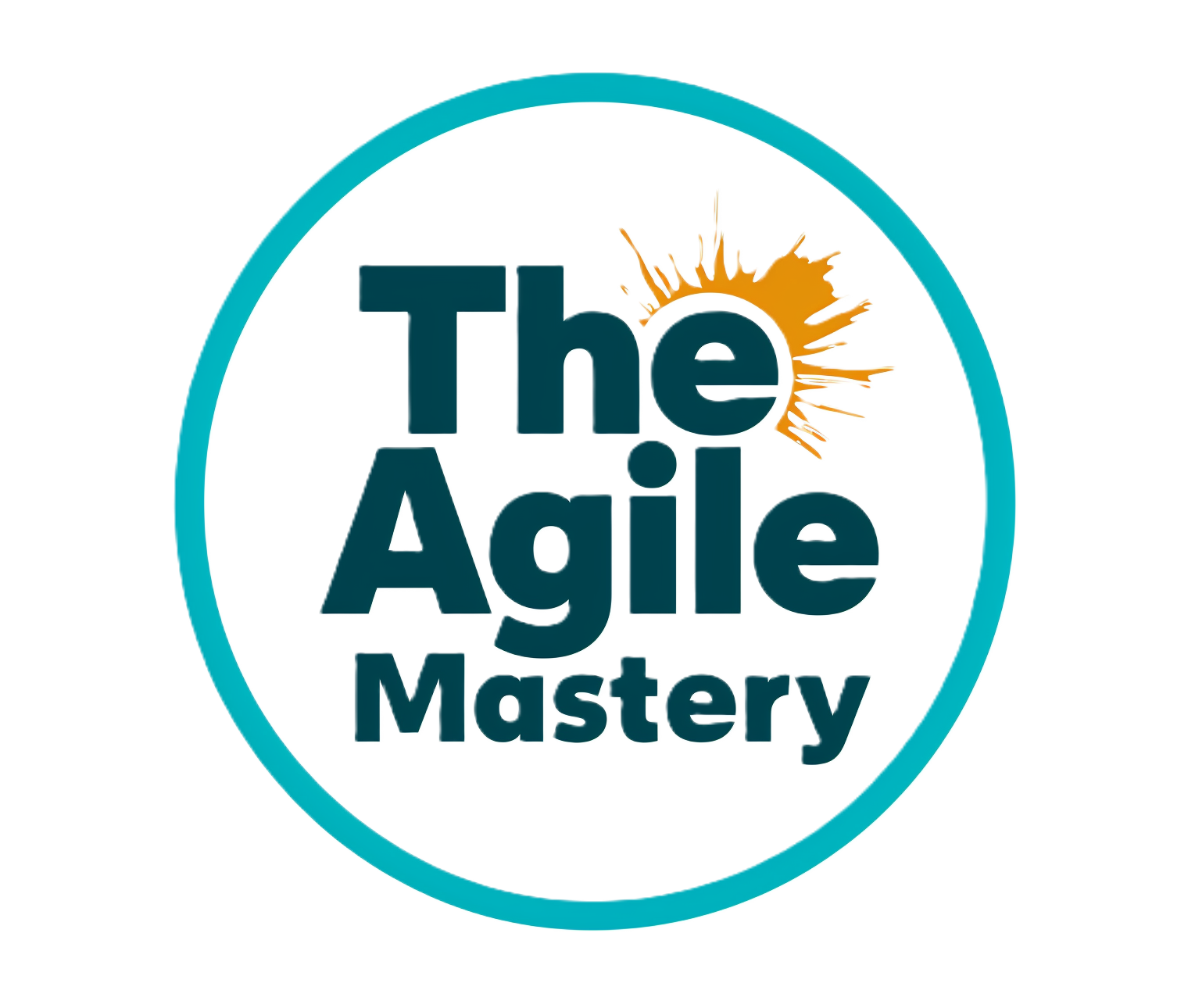In the realm of Agile methodologies, Kanban and Scrum stand as two distinct frameworks that offer dynamic approaches to project management. While both emphasize collaboration, efficiency, and iterative improvement, they possess unique characteristics that make them suited for specific scenarios. In this comprehensive comparison, we delve into the intricacies of Scrum and Kanban, unveiling their strengths and best-fit scenarios through real-life examples.
Scrum: The Art of Iterative Delivery
Ceremonies: Scrum is characterized by well-defined ceremonies, including Sprint Planning, Daily Standups, Sprint Reviews, and Retrospectives. These structured events ensure regular communication, synchronization, and continuous improvement.
Processes: Scrum operates in time-bound iterations called sprints, which are typically two to four weeks long. The process involves planning, executing, reviewing, and reflecting within each sprint, delivering potentially shippable increments of the product.
Delivery: Scrum excels in environments where predictability is key, as the fixed-length sprints allow teams to plan and forecast deliverables more accurately. It suits projects with changing requirements, as adjustments can be made at the end of each sprint.
Roles: Scrum defines roles – Product Owner, Scrum Master, and Development Team – with distinct responsibilities. The Product Owner sets priorities, the Scrum Master facilitates, and the Development Team delivers.
Real-life Example for Scrum: Consider a software development project aiming to release a new feature every month. Scrum would provide a structure where the team sets a goal for the month, plans and executes the work in iterations, and reviews and adapts their approach in the sprint retrospective.
Kanban: The Flow of Continuous Improvement
Ceremonies: Kanban focuses on a visualized workflow and doesn’t prescribe specific ceremonies. Instead, it encourages continuous improvement by analyzing flow metrics and making incremental adjustments.
Processes: Kanban operates in a continuous flow manner. Work items move through different stages, with teams focusing on optimizing flow, reducing bottlenecks, and maintaining a steady pace of delivery.
Delivery: Kanban suits environments with variable demand and no fixed iterations. It excels when work items have varying sizes and priorities, allowing teams to adjust resources as needed.
Roles: Kanban doesn’t introduce new roles but emphasizes cross-functional collaboration. Everyone in the team contributes to different stages of the workflow as needed.
Real-life Example for Kanban: Imagine a customer support team managing various client requests. Kanban enables them to visualize the support tickets’ flow, identify bottlenecks, and adjust resources based on incoming demand. This flexibility ensures a smoother, more responsive customer support process.
Summary of Differences:
- Flexibility: Kanban offers flexibility for variable workloads, while Scrum provides predictability through fixed-length sprints.
- Ceremonies: Scrum has structured ceremonies, while Kanban focuses on continuous flow optimization.
- Roles: Scrum defines distinct roles, while Kanban encourages cross-functional collaboration.
- Delivery: Scrum delivers in iterations, ideal for projects with changing priorities. Kanban delivers continuously, adapting to evolving demands.

Kanban and Scrum: Choosing the Right Approach:
Select Scrum when predictability and planning are crucial. It suits projects where requirements change frequently, as it offers structured adjustments within sprint boundaries. Opt for Kanban when flexibility and continuous flow optimization are paramount. It suits processes with variable demand and allows teams to respond swiftly to changes. Always check the environment you are choosing the framework for and remember Kanban and Scrum are not the only options! There is plenty to choose from, including the oldschool Waterfall methods (a comparison of Warterfall vs Scrum can be found in other article on our site).
In the dynamic world of Agile methodologies, the choice between Scrum and Kanban depends on your project’s unique needs. Skilled Coach should be able to recognize the strengths of each approach and tailor your choice to achieve seamless collaboration, efficient workflows, and impactful results. Its one step forward to The Agile Mastery
